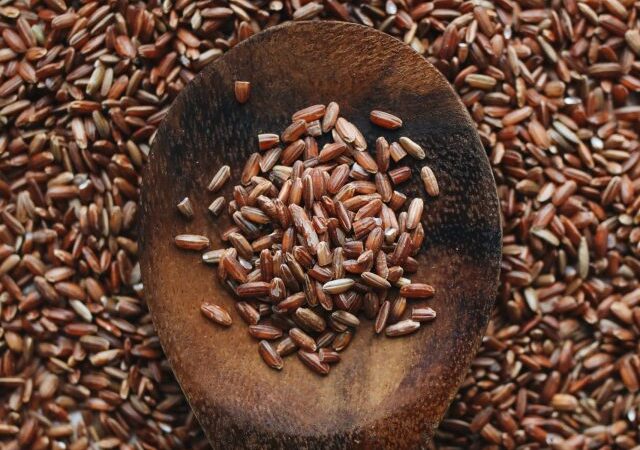Overview
New research has revealed that brown rice contains significantly more arsenic than white rice, raising fresh concerns about its long-term impact on health. A study published in the journal Risk Analysis by researchers from Michigan State University found that brown rice contains 15% higher levels of arsenic, a toxic metal linked to cancer and brain damage—especially in young children. Additional studies, including those from the United Kingdom and Bangladesh, reported by The New York Times, showed that brown rice holds 24% more total arsenic and up to 40% more inorganic arsenic than white rice. Inorganic arsenic is a known carcinogen.
The reason for this difference lies in the grain’s structure. Brown rice retains its bran layer, which preserves nutrients but also traps arsenic absorbed from contaminated soil and water. White rice, which undergoes milling that removes the bran and germ, contains significantly less arsenic.
Health Risks of Arsenic
Chronic arsenic exposure can cause serious health problems. The World Health Organization warns that it can lead to skin disorders, cancers, heart disease, diabetes, and in children, cognitive impairment and early mortality.
What Experts Recommend
Experts recommend that consumers eat brown rice in moderation, particularly pregnant women and young children. Cooking rice in excess water—like pasta—and draining it helps reduce arsenic levels. Diversifying your grain intake with options like quinoa, millet, and barley can further lower long-term exposure risks.
Balanced Consumption Is Key
Brown rice still offers health benefits like fiber, B vitamins, and minerals, but its arsenic content warrants informed and cautious consumption. Rather than cutting it out entirely, experts urge consumers to stay aware, rotate grains, and use safer cooking methods.
Source: The Economic Times
 Food Manifest
Food Manifest 














